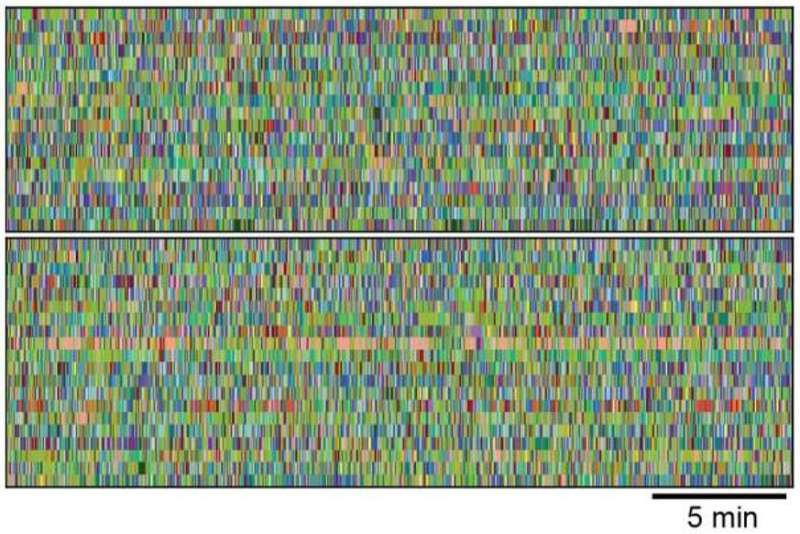This article has been reviewed according to Science X's editorial process and policies. Editors have highlighted the following attributes while ensuring the content's credibility:
fact-checked
peer-reviewed publication
trusted source
proofread
AI tool may speed screening of epilepsy drugs in mice

By using state-of-the-art technology to analyze patterns of behavior in mice with epilepsy, researchers may be able to better study the disorder and identify potential treatments. Researchers used the AI technology to determine behavioral "fingerprints" in mice not evident by human eye. Such automated behavioral phenotyping needed only one hour of video recording and did not require researchers to wait for the rare event of a seizure. The study is published in Neuron.
Scientists found that this machine learning-assisted 3D video analysis outperformed the traditional approach, in which analyses rely on human observation to label the behavioral signs of epilepsy in animal models during seizures. The labor-intensive process requires constant video monitoring of the mice over many days or weeks while recording their brain wave activity with electroencephalography (EEG).
The team led by Stanford researchers studied mice with acquired and genetic epilepsies. They found that machine analysis was better able to distinguish epileptic vs. non-epileptic mice than trained human observers. The AI program also identified distinct behavioral phenotypes at different points in the development of epilepsy.
Notably, researchers were able to use the AI program to distinguish different patterns of behavior in mice after they were given one of three anti-epileptic drugs. This demonstrates that the tool could be used for rapid, automated anti-epileptic drug testing. Ultimately, the use of automated phenotyping for animal studies of the epilepsies could revolutionize how research is done, speeding discovery and reducing costs.
The machine-learning technology used in the study, called MoSeq for Motion Sequencing, locates, tracks, and quantifies the behavior of freely moving mice in each frame of the video. The information is used to train the unsupervised machine learning model to identify repeated motifs of behavior (called "syllables"—e.g., a right turn or headbob to the left). MoSeq predicts the order (or "grammar") in which syllables occur, allowing fast and objective characterization of mouse behavior.
More information: Tilo Gschwind et al, Hidden behavioral fingerprints in epilepsy, Neuron (2023). DOI: 10.1016/j.neuron.2023.02.003



















